The sacred Ganges, draining a total basin area of 1,999,000 sq. kms and having a length of 2,525 kms, is acknowledged as the national river of India. It rises from the Gangotri Glacier in Uttarakhand and terminates in the Bay of Bengal draining a vast expanse of North-Eastern India. The Ganges has its potential influence on Indian civilization and is a symbol of divinity for the Hindus.
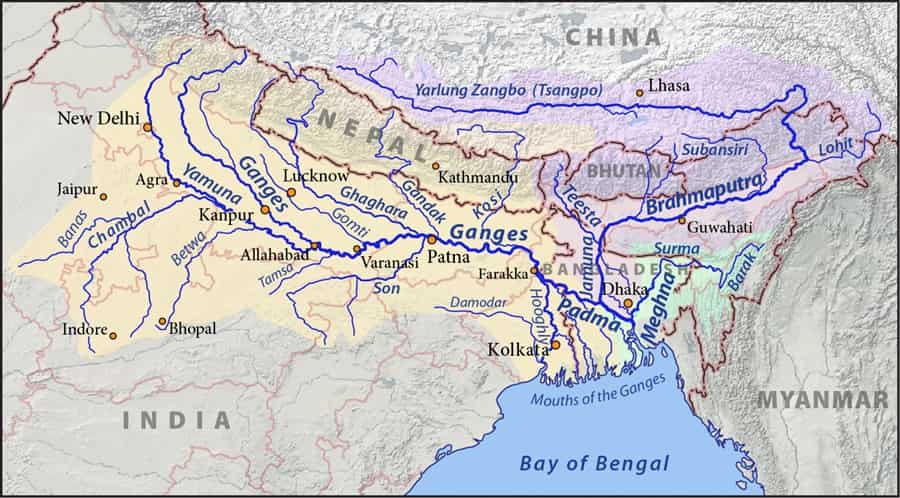
Mythology
Ganga is the most sacred river for the Hindus. Many legends and myths have depicted Ganga as a Goddess.
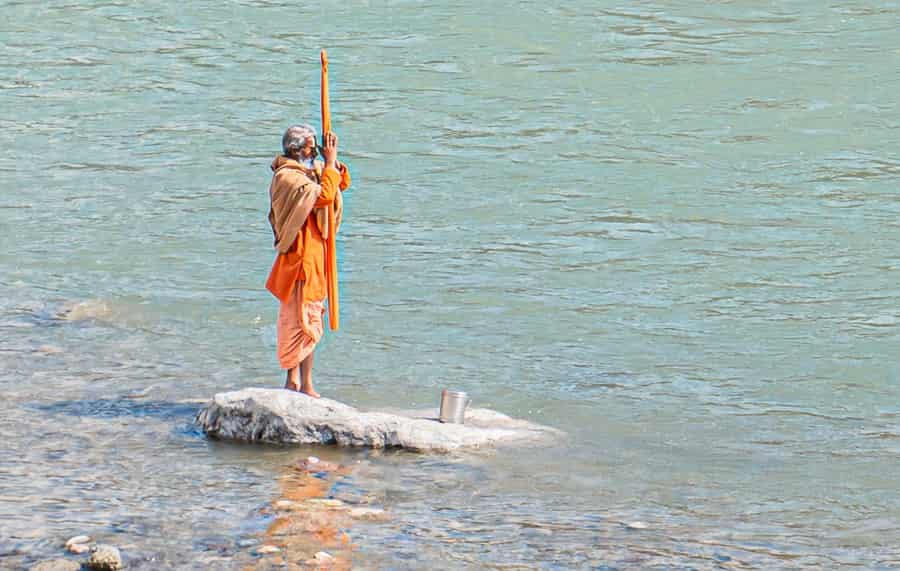
- Ganges was mentioned in the Rig Veda.
- The “Vishnu Purana” illustrated the rise of the Ganges from the sweat of the feet (charan) of Lord Vishnu.
- Ganga is also acknowledged as the daughter of “Parvataraja” (King of the Mountains) and the sister of Parvati (Lord Shiva’s wife).
- There is also a legend stating Ganga to be a devotee of Shri Krishna which made Radha (Lord Krishna’s Lover) envy her. Radha’s curse on Ganga led her to flow down the Earth sent-off the Heaven.
But the most popular myth regarding the descent of the Ganges on the Earth is the rise of the Ganges to liberate souls of the sons of King Sagara.
- Suggested Tour: Spiritual Ganges Tour Package
King Sagara
King Sagara (King of the Oceans) was one of the supreme Kings of the Suryavanshi in the Satya Yuga, also entitled as the Ikshvaku Dynasty. He was a predecessor of Lord Ram (King of Ajodhya). He had two wives, Queen Sumati and Queen Keshini.
Rise of the Ganges
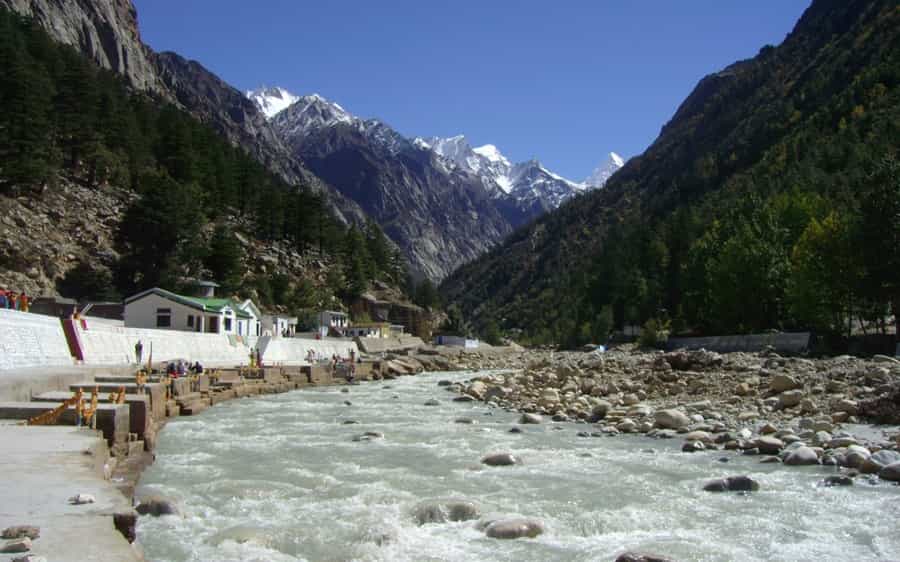
King Sagara performed “Ashwamedha Yajna” deeming himself to be the supreme Emperor. Lord Indra (Leader of the Demigods) was frightened by the consequences of the Yajna of King Sagara and planned to harness the horses deceivingly to hurdle the supreme kingship of Lord Sagara.
Accordingly he stole the horses and secretly kept them in the divine Ashram of Kapilamuni. King Sagara was worried about the whereabouts of his horse and sent his 60,000 sons (son of Queen Sumati) in search of it. The sons search everywhere on the Earth but could not find any trace of it.
Then those 60,000 sons along with Asamanja (son of Sagara’s another wife Queen Keshini) found the horses tied in the ashram of Kapilamuni who was deeply concentrating in his meditations. King Sagara’s sons thought Kapilamuni to be the harnesser of the horses and prepared to attack him for his deed.
Disturbed by the commotion, Kapilamuni was interrupted in his meditation and myth illustrates that the rage in the eyes of Kapilamuni emanated fire and as soon as his vision fell on those sons they were burnt to ashes.
Later Kapilamuni turned soft and he felt pity about the unfortunate death of the 60,000 sons of King Sagara. So he decided to approach the King and tell him a way out to rescue his sons. He suggested the King that if he could convince Ganga to flow down the Earth and touch the dead bodies of his sons they would be liberated and would gain their eternal status.
Ages passed by but King Sagara and his descendants failed to convince Ganga to leave the heaven and flow on the Earth and rescue the souls of their ancestors. The Kingdom of Kosala gradually was weakening and by the time Bhagiratha, King Sagara’s grandson, was born it was in its ruins.
Through several years of austerities, Bhagiratha was able to convince Brahma for help. Brahma suggested Bhagiratha to please Lord Shiva who could only make the Ganga flow down to the Earth. Bhagiratha’s devotion in the prayers pleased Lord Shiva who promised to convince Ganga to rescue his ancestors’ souls.
Ganga was then pleaded by all the Gods to flow eastwards but Ganga showed concern that the Earth would not be able to sustain the great force with which she will fall on the Earth unless someone resist her force. Lord Shiva intervened and asked Ganga to first descend on his head and from there with the sustainable force flow on the Earth.
Ganga obliged and as soon as she fell with the immense force on Lord Shiva’s head she broke apart into seven streams of which three flow eastwards and the other three westwards. The seventh stream known as the Ganges followed Bhagiratha to his ancestors’ bodies and purified them of sins and became their liberator.
Ever since the Ganges flowed on the Earth she was acknowledged as a Goddess and Lord Shiva had another name “Gangadhari” as the bearer of the Ganges. Ganga became an integral part of the Vedic ritual and even today people bathe in the Ganges to be relieved of their sins. The ashes of the dead are flowed along the Ganges as it is symbolized as the Liberator and Purifier of Sins.
Symbolism of the Ganges
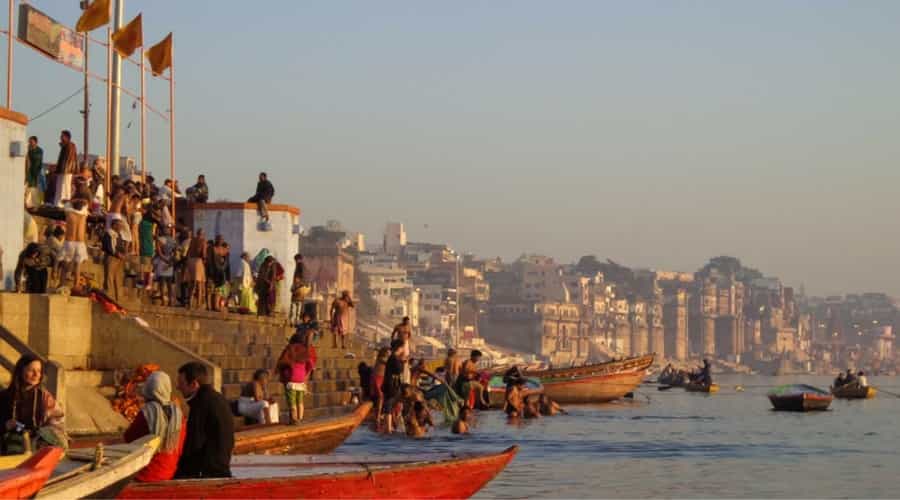
- Sagara meaning ocean depicts the mind or Human Consciousness. It is vast in expanse like the Ocean.
- Ashwa (Horse) represents the human senses that travel rapidly like a horse.
- Earth points out to the materialistic world in which the Human senses seem to be lost.
- Sixty Thousand sons of King Sagara represent the immense frequency of thoughts that like waves surface the mind.
- Sumati means the right thought
- The sixty thousand sons were the sons of Sumati which depicts that the sons were not bad. This point out that, human thoughts are not bad but are the reasons for bond of human with the circle of life and death.
- Sage Kapila characterizes the law of work (Karma) or Fate. The law punishes the sinful and tells them a way to get redemption from those sins.
- Sage Kapila (The Law of Fate) suggested Sagara (Mind) to let flow the pure consciousness (The Ganga) through the mind to purify from sins.
- Bhagiratha symbolizes the embodied soul or Jivatma. Bhaga is the women’s womb and Bhagiratha is its occupant. It depicts the mortal beings that let the pure consciousness flow through its mind with the help of the God to become liberated.
- Lord Shiva is the Divine Gurudev or preacher who translates the spirituality to mortal thoughts.
- Ganga is the pure consciousness or Chita- Shakti that cleanses the sins of mind and liberates from mortality.
Worship of the River Ganges
Ganga Dussehra
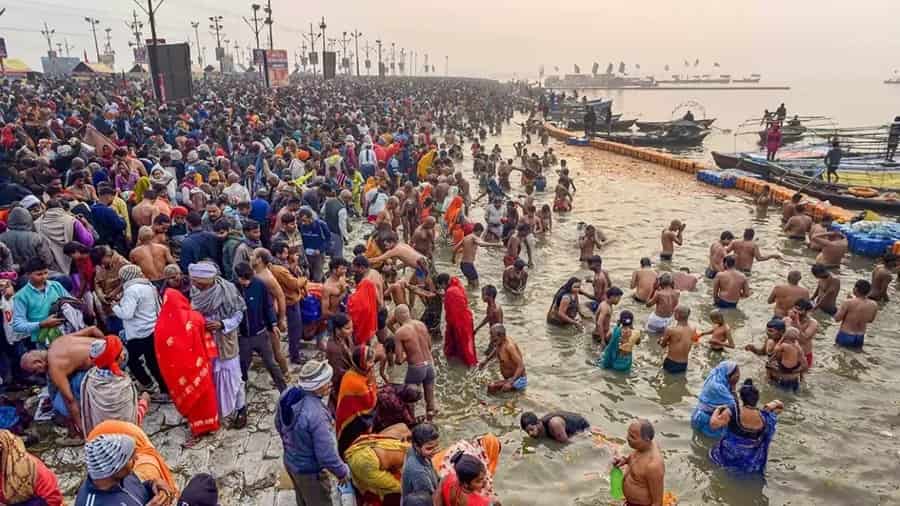
Ganga Aarti
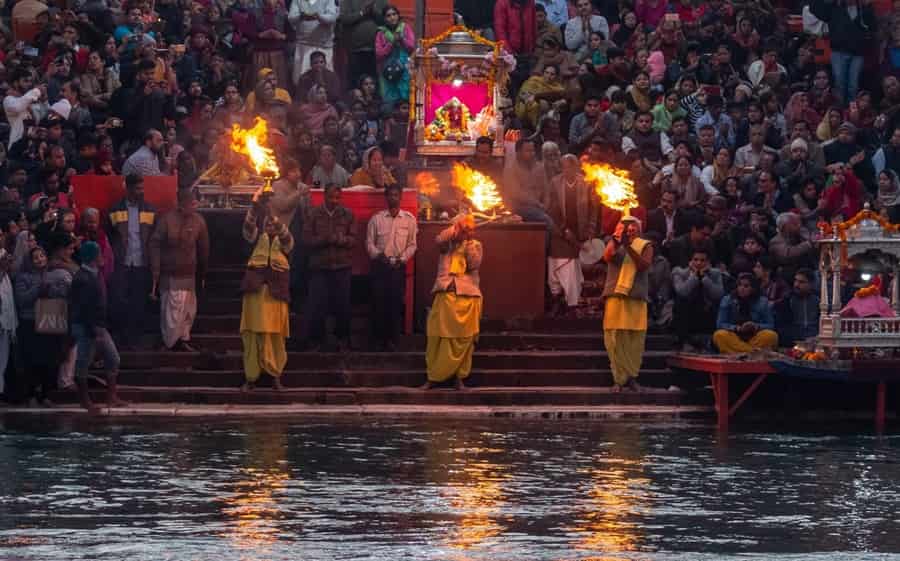

 Call
Call WhatsApp
WhatsApp Enquiry
Enquiry